Magnetic door catches are a popular type of door hardware that are widely used in various settings. They are designed to hold doors securely closed without the need for a locking mechanism or additional hardware. In this article, we will discuss the components of magnetic door catches, variations and their applications, negatives and limitations, benefits, and applications. Read More…
Hardware Mfg. supplies stock inventory parts in addition to creating custom components for OEM and resellers. We work with a number of different industries such as agriculture, drug tablet, livestock, truck equipment, conveyors, and more.
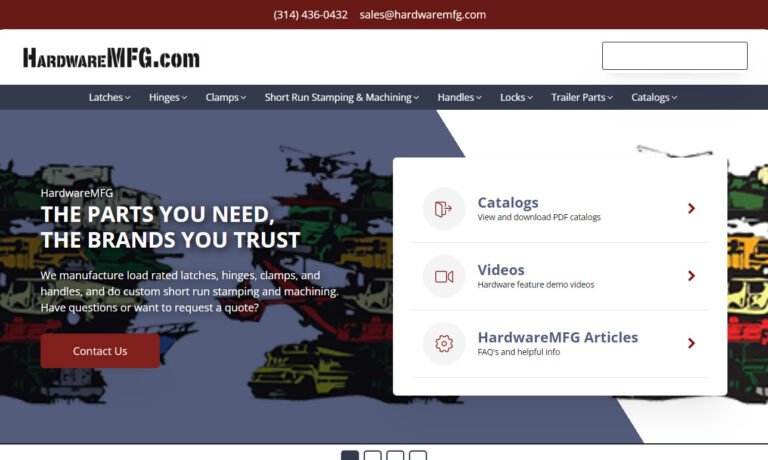
Elesa offers a wide range of industrial hinges including plastic hinges, stainless steel hinges, and aluminum hinges. There are also various types of fixing, rotation angles, and load capacities. The plastic hinges technical data sheets show punctual values of resistance to aid in the selection of the right model and size. The production materials available: technopolymer, SUPER-technopolymer,...
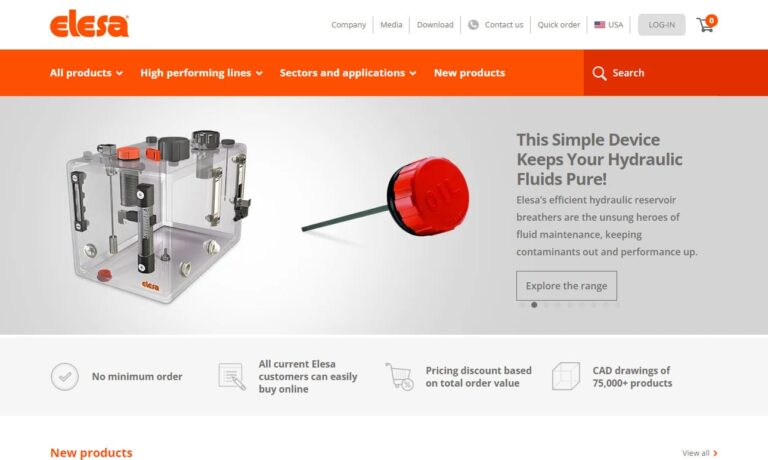
At PROTEX® we offer light to heavy-duty fasteners, handles, flush latches, case fittings, bandclamps, catch plates and more. We manufacture a large range of over centre fasteners often known as draw latches/toggle clamps/catches/over centre toggle fasteners.
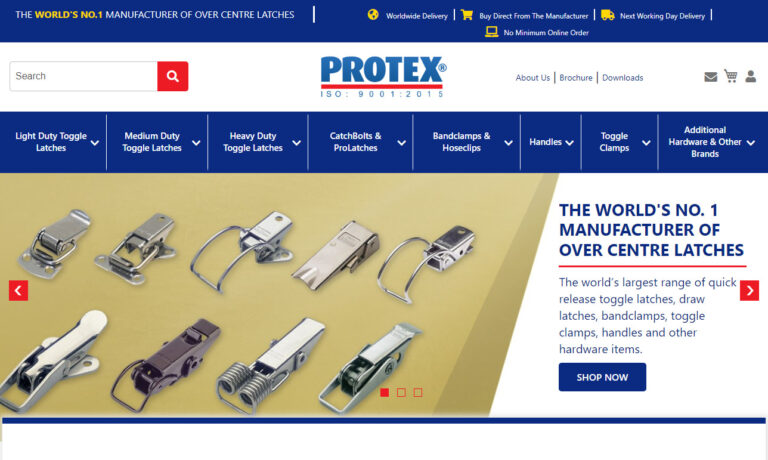
At Nielsen Engineered Hardware Solutions, we specialize in designing and manufacturing high-quality latches tailored to meet the diverse needs of our customers. With a commitment to innovation and reliability, we work closely with our clients to deliver solutions that enhance functionality and performance across a wide range of industries. Whether you need a standard latch or a custom-engineered...

More Magnetic Door Catch Manufacturers
Components of Magnetic Door Catches
Magnetic door catches are composed of several components that work together to provide their function. Here are some further details on the various components of magnetic door catches and their functions:
Magnet
The magnet is the key component of a magnetic door catch, and it's what provides the holding force that keeps the door closed. The magnet can be made from various materials, such as neodymium or ferrite, and it's typically mounted on the door frame or cabinet frame. The strength of the magnet is measured in gauss or pounds of holding force and should be selected based on the weight and size of the door it's holding.
Strike Plate
The strike plate is the counterpart to the magnet, and it's mounted on the door or cabinet to be held. The strike plate is typically made from metal or plastic and is designed to attract and hold the magnet in place. It's important to ensure that the strike plate is correctly positioned and aligned with the magnet to ensure proper operation.
Housing
The housing is the casing that holds the magnet and strike plate, and it's typically made from plastic, metal, or a combination of the two. The housing serves to protect the magnet and strike plate from damage and to provide a stable mounting surface.
Adjustment Screw
Some magnetic door catches feature an adjustment screw, which can be used to fine-tune the holding force of the magnet. By turning the screw, the distance between the magnet and strike plate can be adjusted, which affects the strength of the magnetic force. This feature can be useful when the holding force needs to be adjusted for a particular application or to compensate for any changes in the door or cabinet.
Mounting Screws
Mounting screws are used to secure the housing to the door or cabinet frame. The screws can be made from various materials, such as stainless steel or brass, and should be selected based on the material and thickness of the mounting surface.
Counter Plate
In some applications, a counter plate may be used to provide additional support and stability to the door or cabinet. The counter plate is typically mounted on the opposite side of the door or cabinet from the magnet and strike plate, and it's designed to provide a surface for the door or cabinet to rest against when closed.
Overall, these components work together to provide a reliable and consistent holding force that keeps doors and cabinets securely closed. When selecting a magnetic door catch for a particular application, it's important to consider the strength of the magnet, the material and thickness of the mounting surface, and any environmental factors that may affect the catch's performance.
Variations of Magnetic Door Catches
There are several variations of magnetic door catches, including single-sided, double-sided, and adjustable catches. Single-sided catches are typically used on cabinet doors and only require a strike plate on one side of the door. Double-sided catches, on the other hand, require a strike plate on both sides of the door and are commonly used on closet or interior doors. Adjustable catches allow the strength of the magnetic force to be adjusted, making them suitable for a wide range of applications.
Considerations Regarding Magnetic Door Catches
One of the main limitations of magnetic door catches is that they can lose their magnetic strength over time, especially if exposed to high temperatures or strong magnetic fields. Additionally, magnetic door catches may not be suitable for heavy-duty applications, as the magnetic force may not be strong enough to hold the door in place.
Benefits of Magnetic Door Catches
Despite their limitations, magnetic door catches offer several benefits. For one, they are very easy to install and require no additional hardware or tools. They also operate quietly, making them suitable for use in quiet environments such as bedrooms or offices. Magnetic door catches are also reliable and provide consistent holding force, making them ideal for use in high-traffic areas.
Applications of Magnetic Door Catches
Magnetic door catches are used in a wide range of applications, including:
Home Use
Magnetic door catches are commonly used in homes for a variety of applications, including:
Cabinet Doors
Magnetic door catches are frequently used to hold cabinet doors closed, particularly in kitchens, bathrooms, and laundry rooms.
Interior Doors
They can be used to hold interior doors in place, such as pantry or closet doors.
Screen doors: Magnetic door catches can be used to hold screen doors closed, preventing them from slamming shut in a breeze.
Office Use
Magnetic door catches can be used in offices for various purposes, such as:
Cubicle doors: Magnetic door catches can be used on cubicle doors to provide some level of privacy and quiet.
Shared Spaces
They can also be used in shared spaces to secure storage areas or cabinets.
School use: Magnetic door catches can be used in schools for various purposes, such as:
Classroom doors: They can be used to secure classroom doors, particularly in elementary schools.
Lockers
Magnetic door catches can be used on lockers to keep them closed and secure.
Hospital Use
Magnetic door catches can be used in hospitals for various purposes, such as:
Bathroom Doors
Magnetic door catches can be used to hold bathroom doors closed.
Medical Cabinets
They can also be used to secure medical cabinets, which contain important and potentially dangerous equipment or medications.
Industrial Use
Magnetic door catches can be used in industrial settings for various purposes, such as:
Tool Chests
They can be used to keep tool chests closed and secure.
Equipment Cabinets
Magnetic door catches can be used to secure equipment cabinets that contain valuable or sensitive equipment.
Choosing the Correct Magnetic Door Catch Supplier
To ensure you have the most beneficial outcome when purchasing magnetic door catches from a magnetic door catch supplier, it is important to compare several companies using our directory of magnetic door catch suppliers. Each magnetic door catch supplier has a business profile page highlighting their areas of experience and capabilities, along with a contact form to directly communicate with the supplier for more information or request a quote. Review each magnetic door catch business website using our proprietary website previewer to quickly learn what each company specializes in. Then, use our simple RFQ form to contact multiple magnetic door catch companies with the same form.


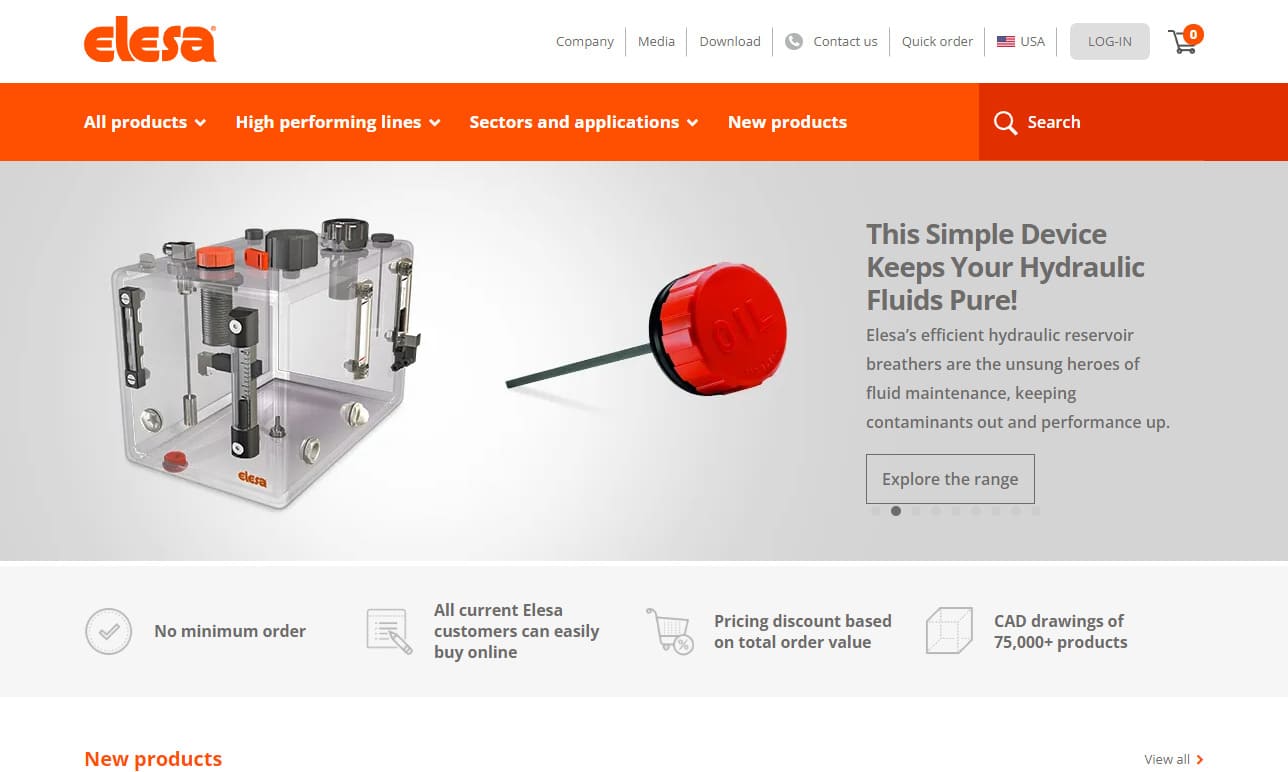


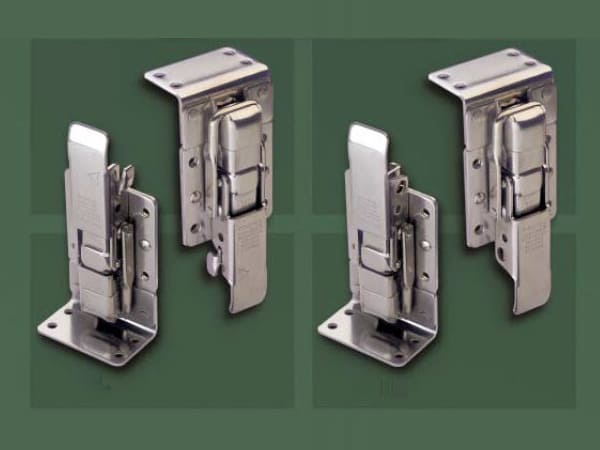
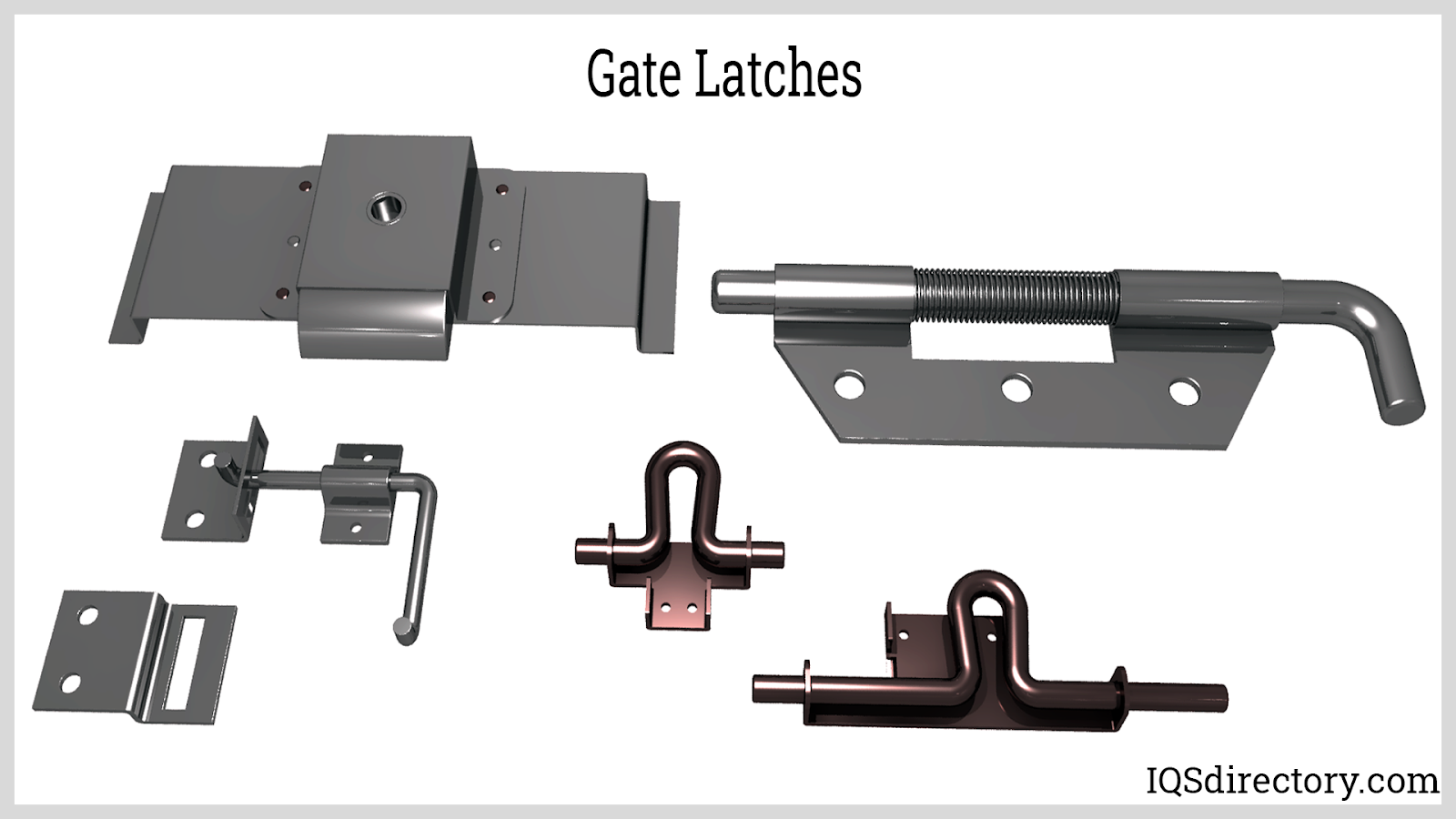
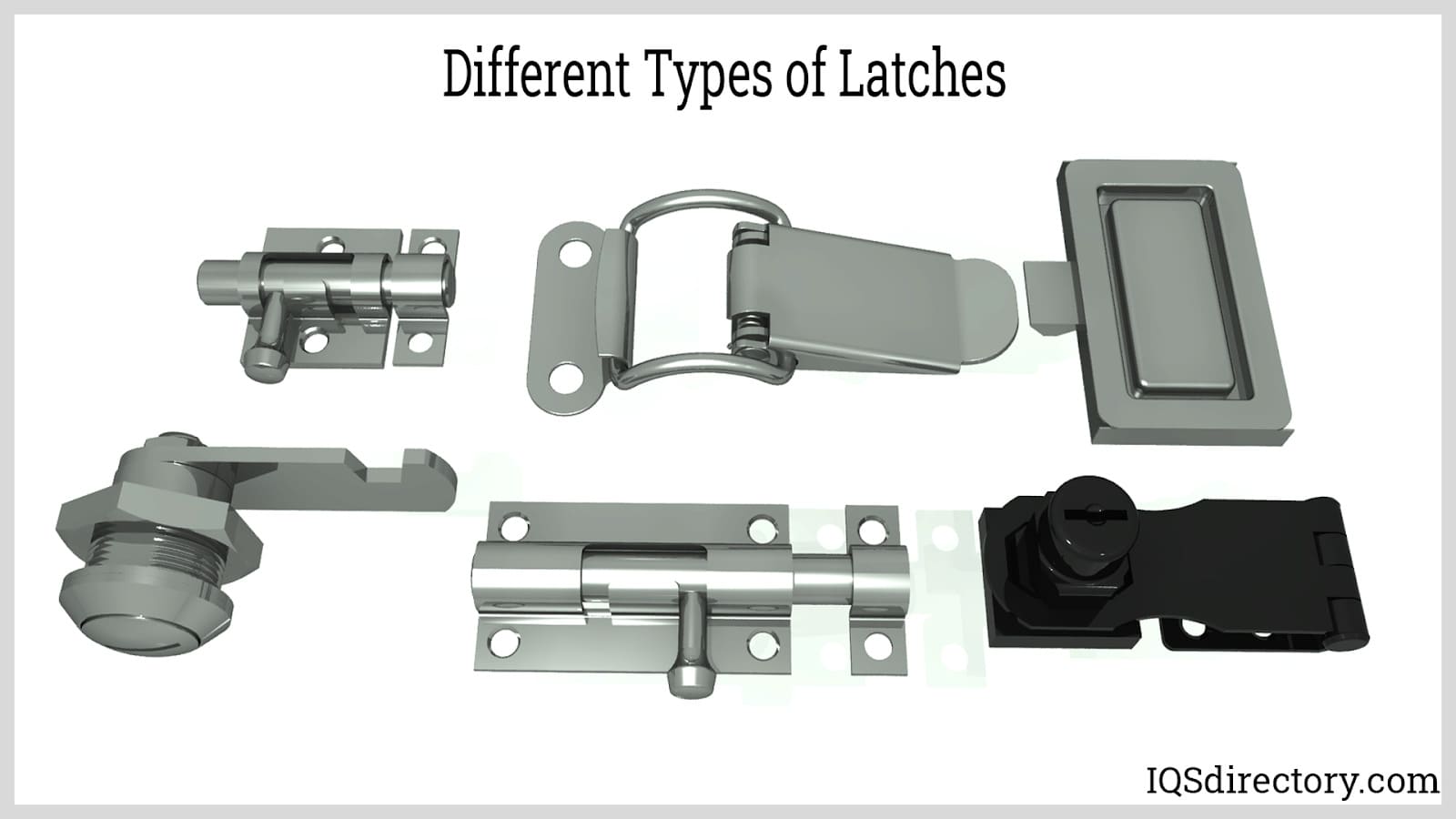
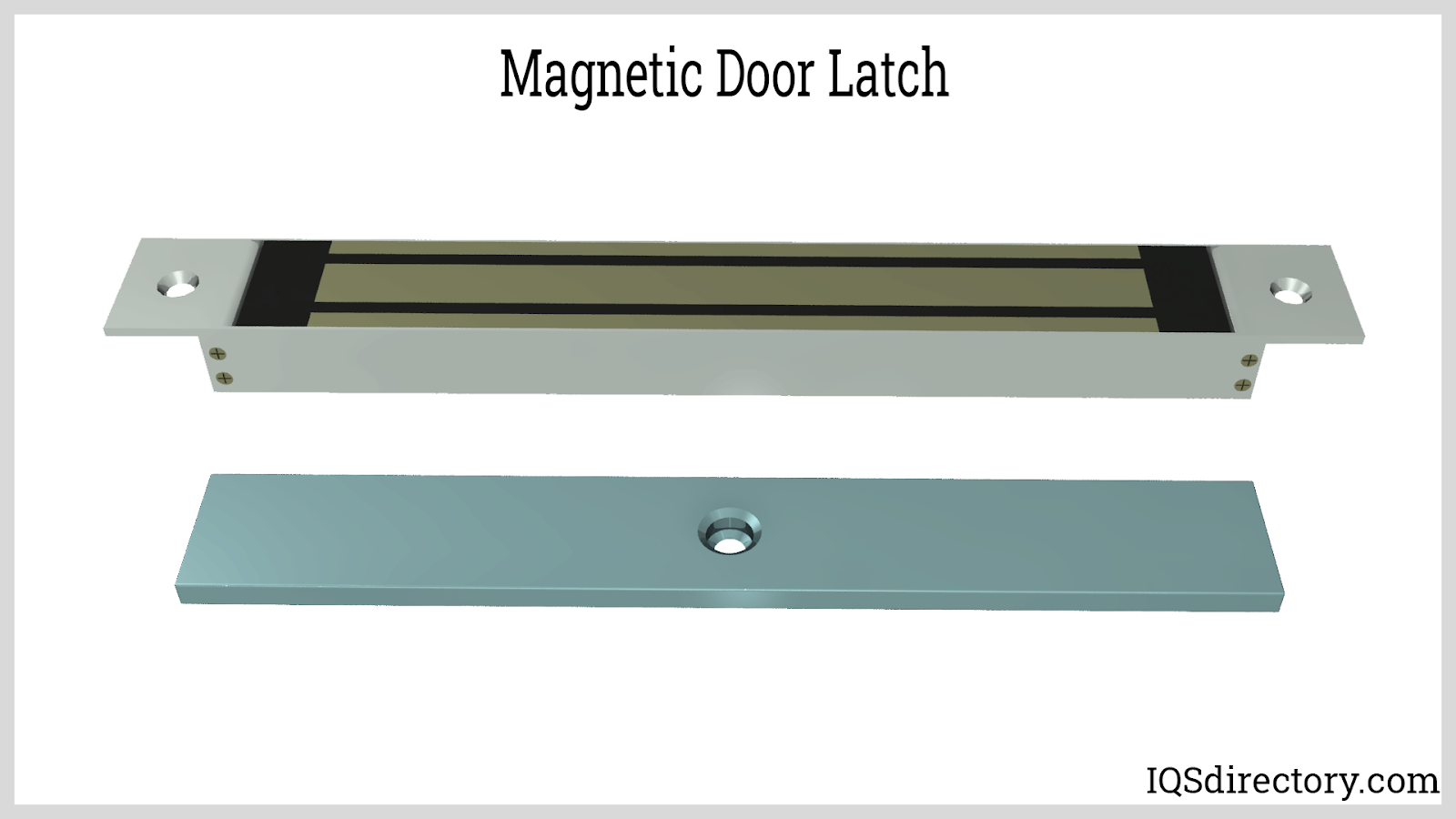
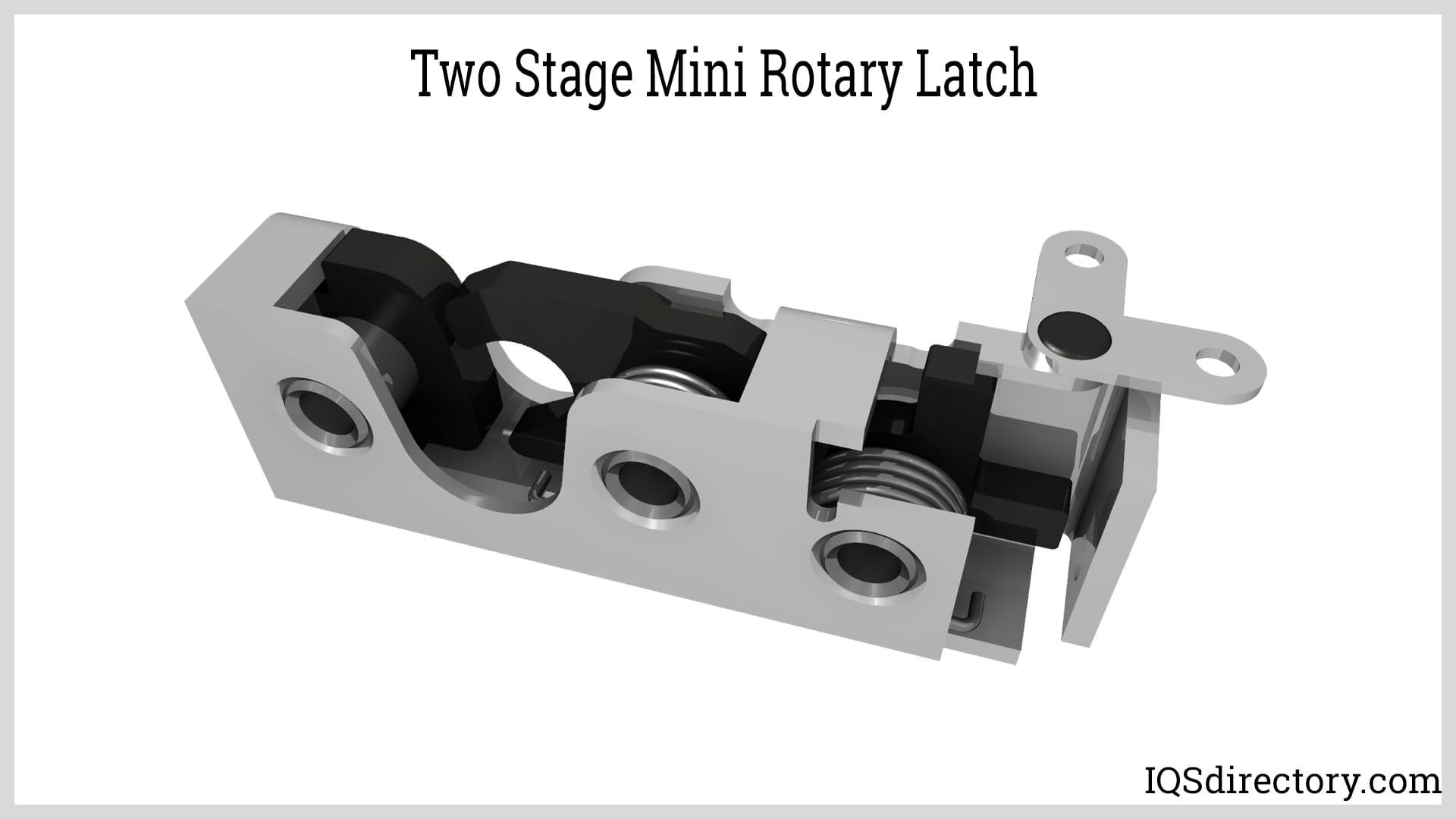
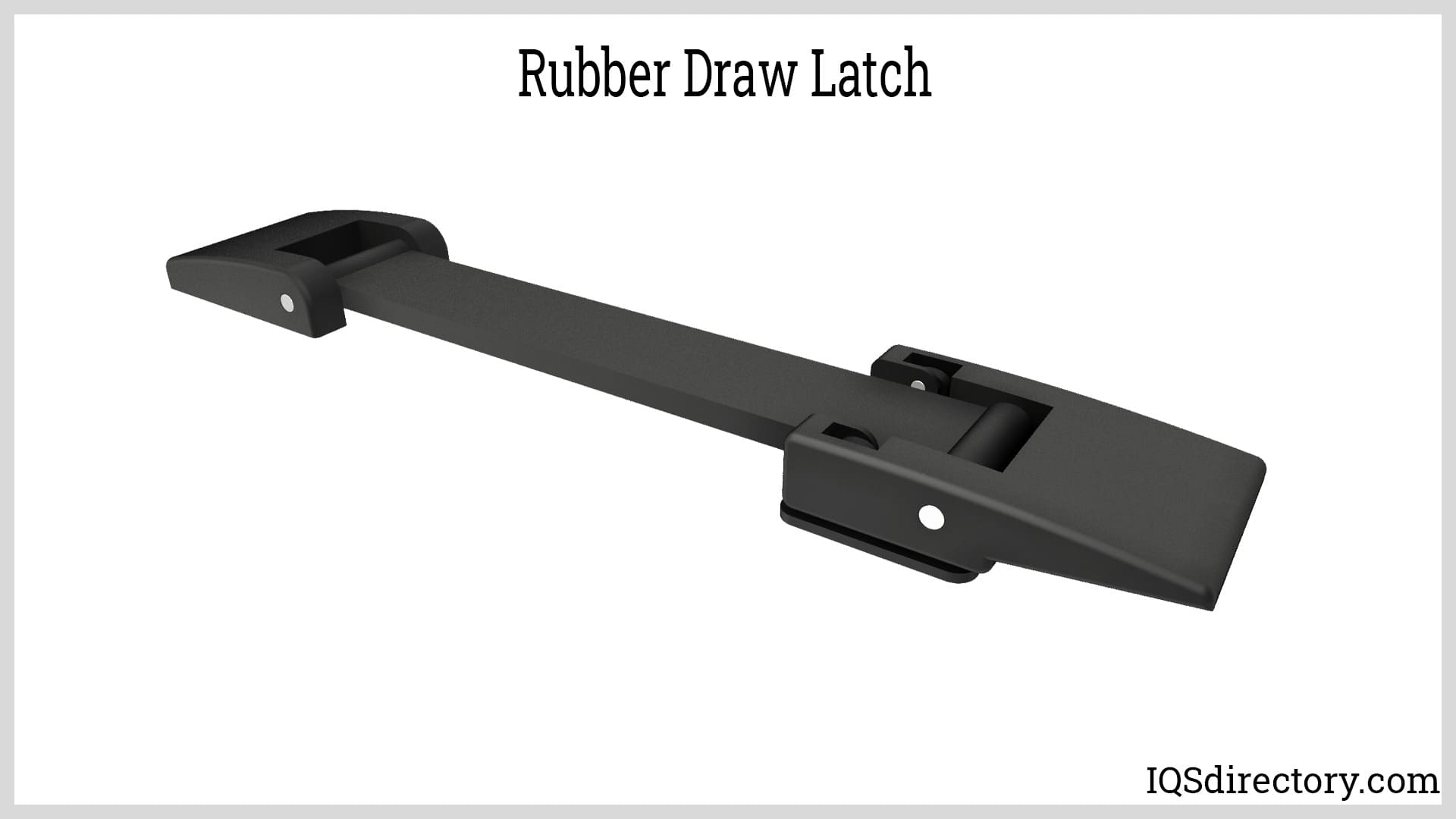
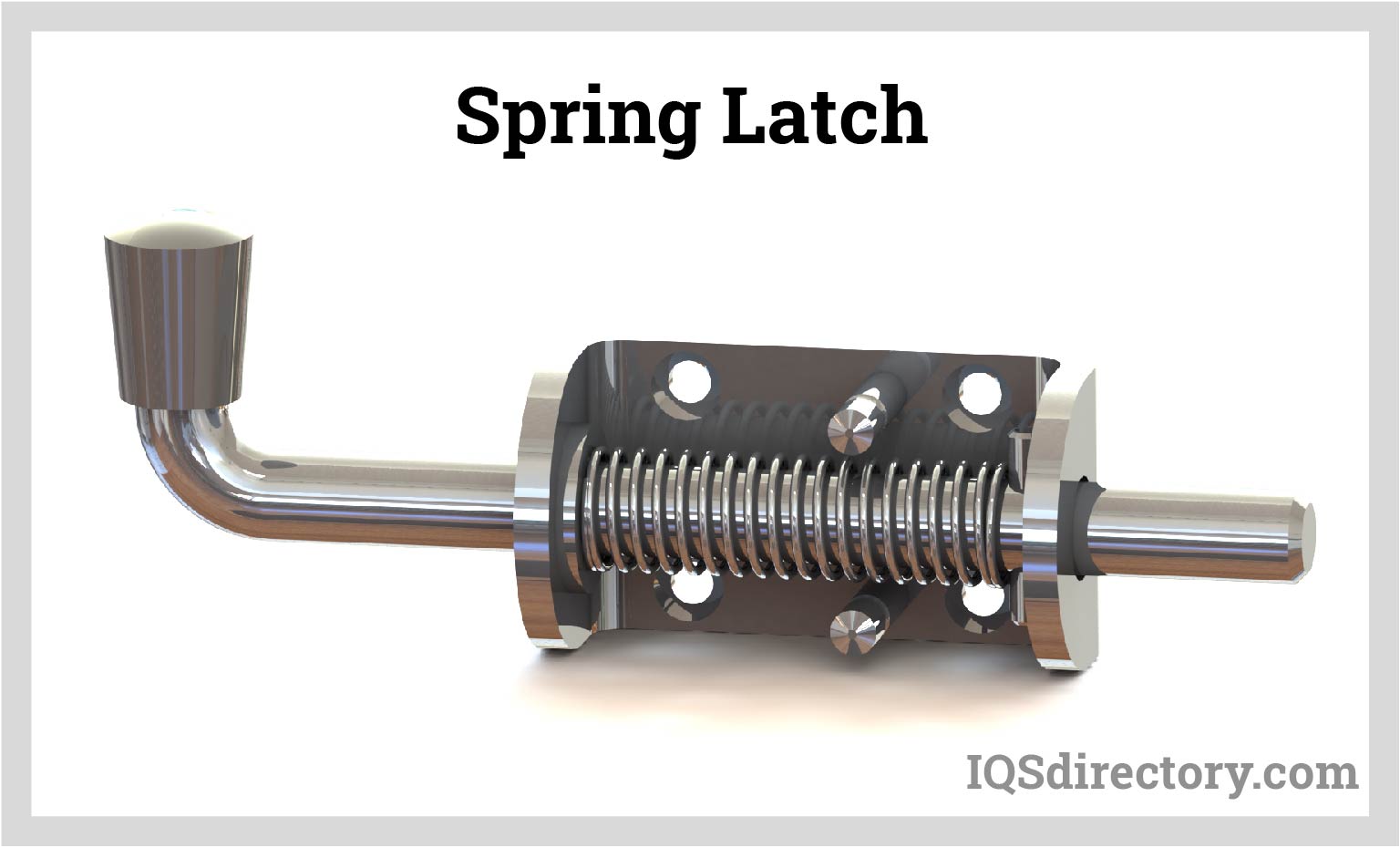
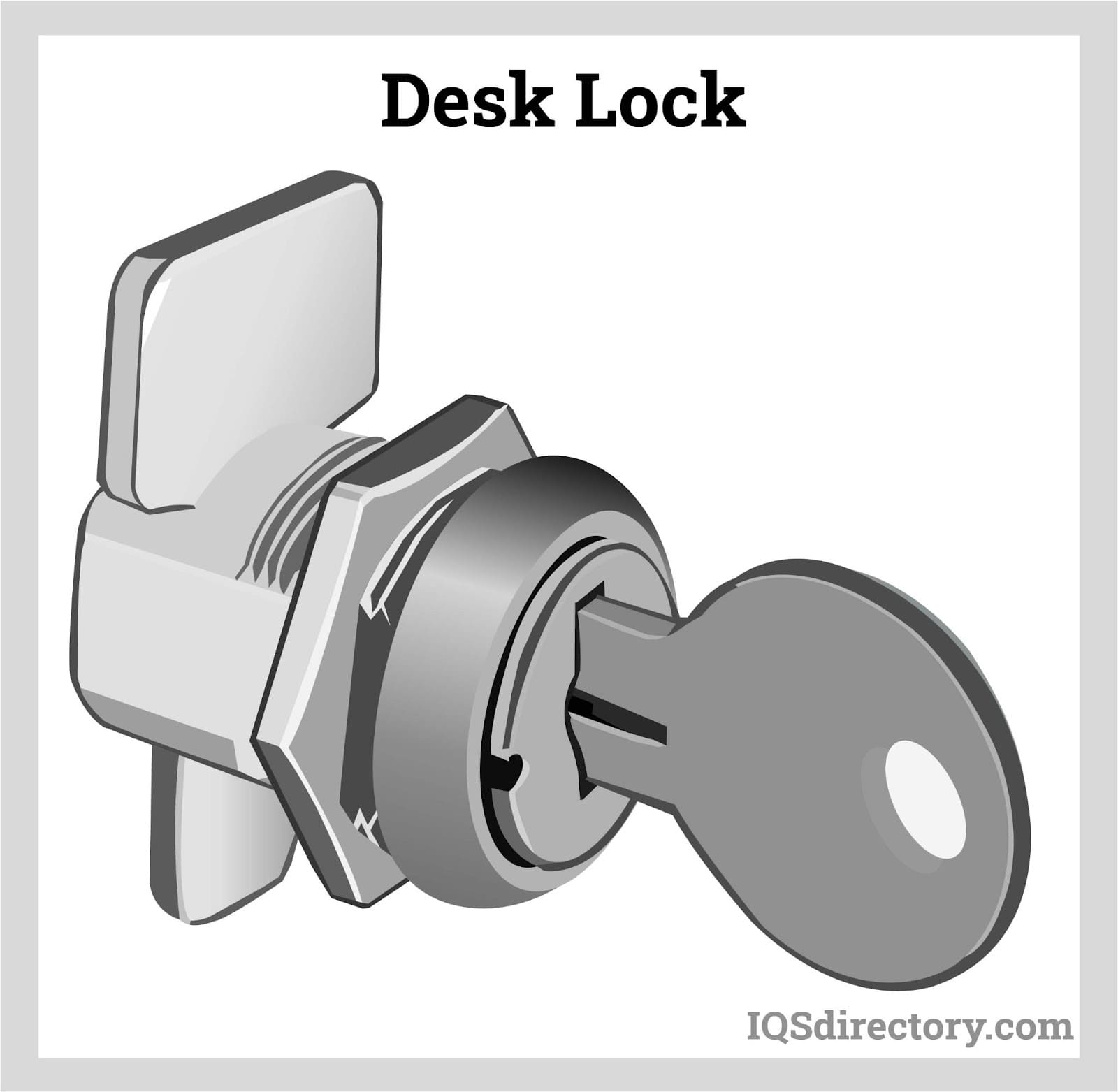
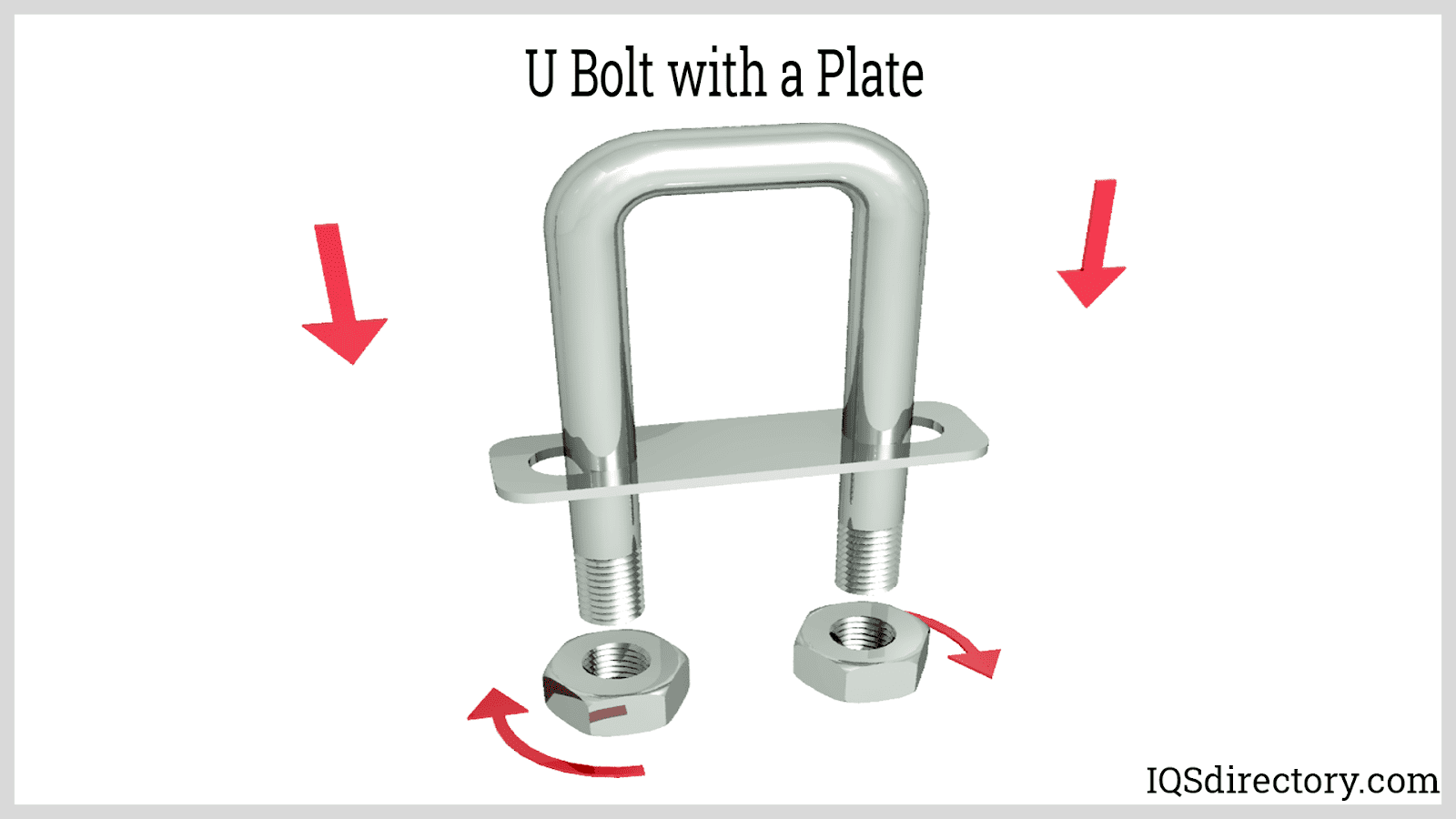
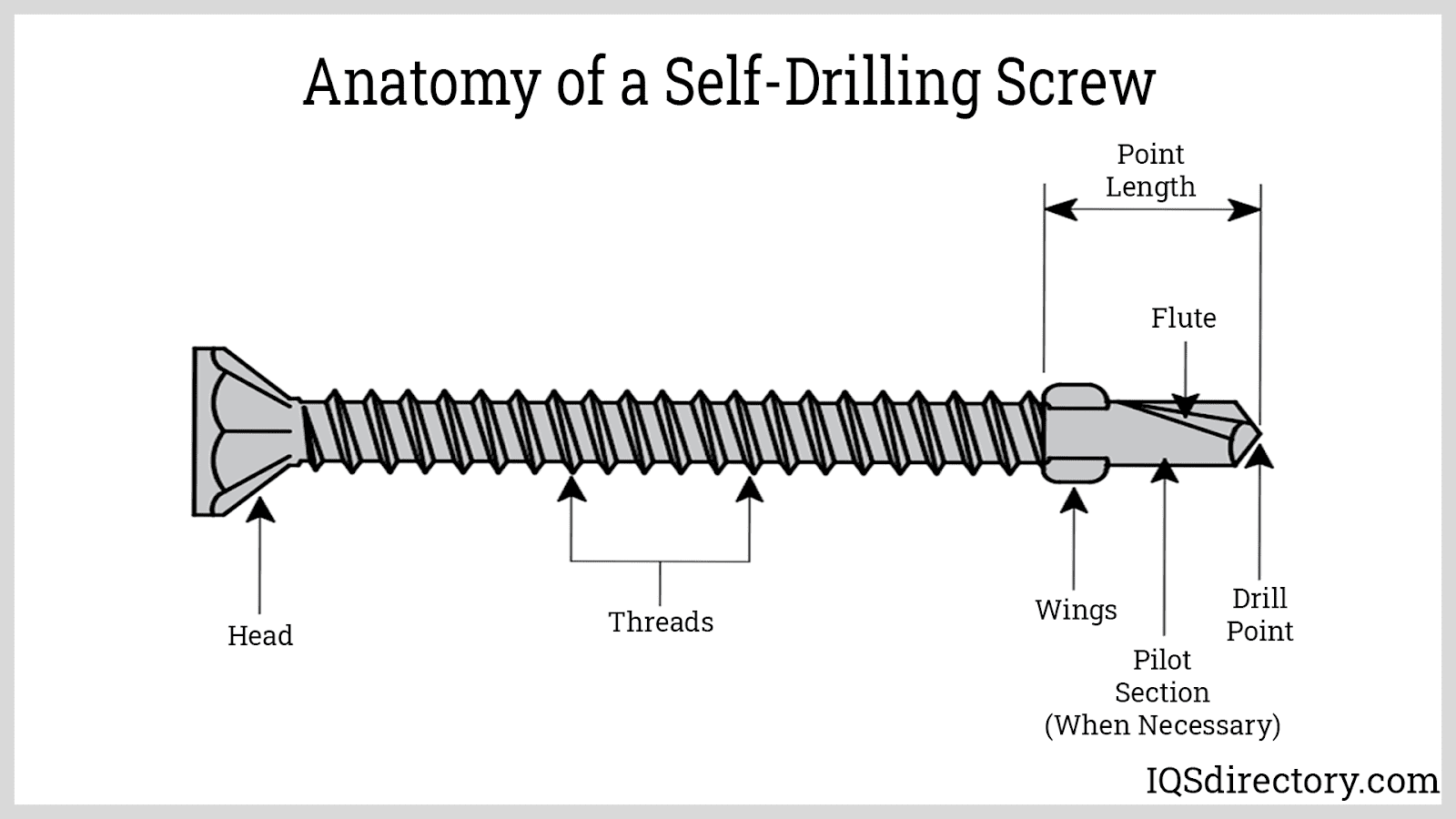
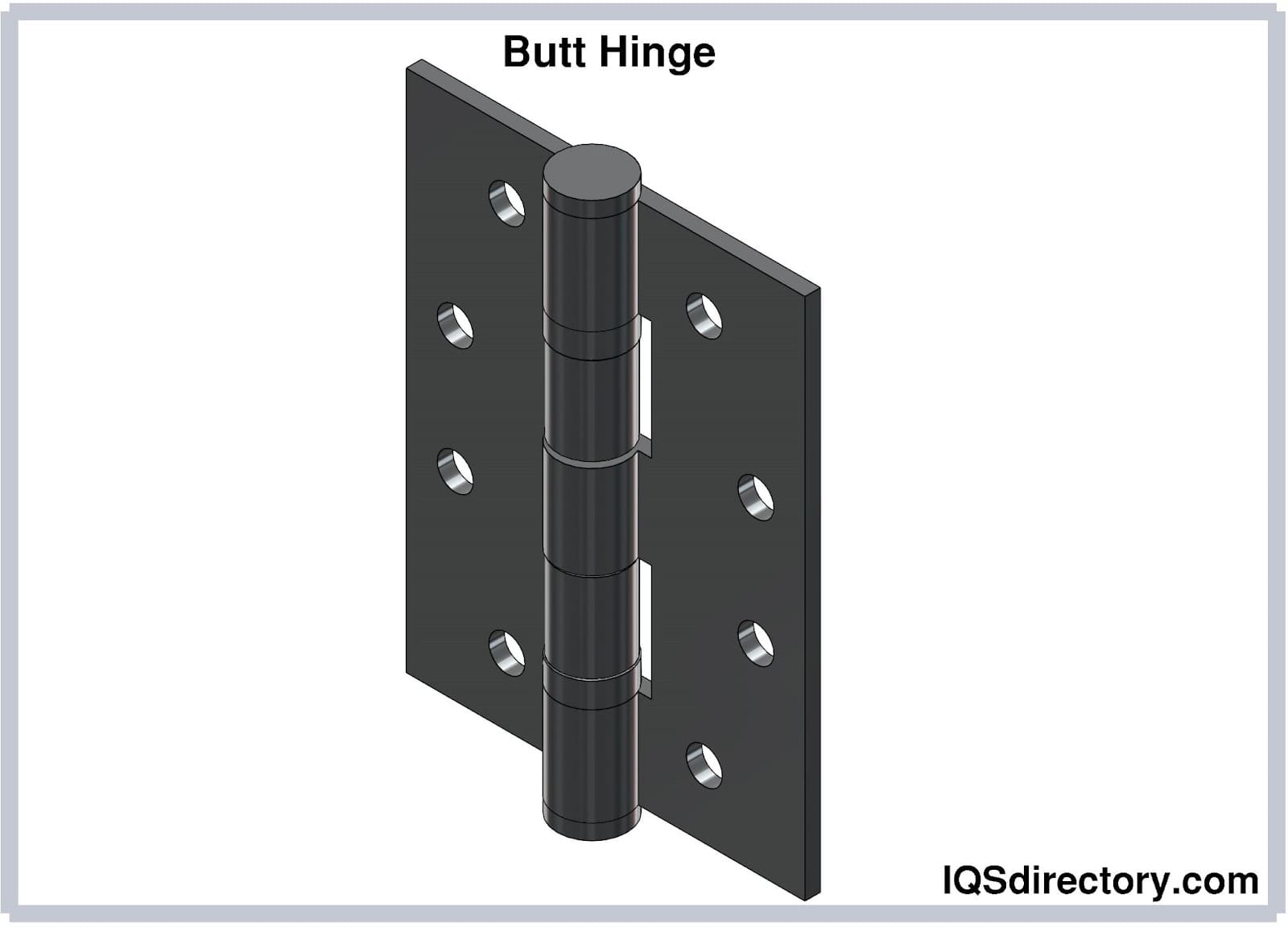
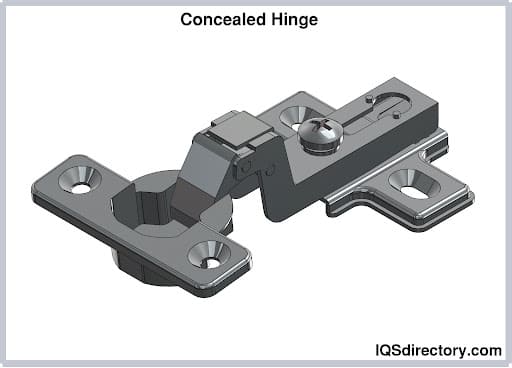
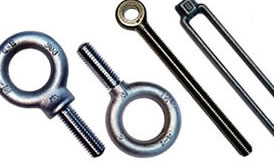 Bolts
Bolts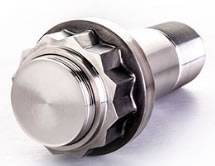 Fasteners
Fasteners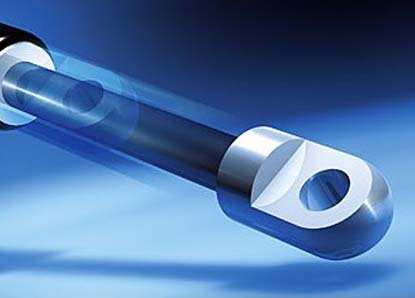 Gas Spring
Gas Spring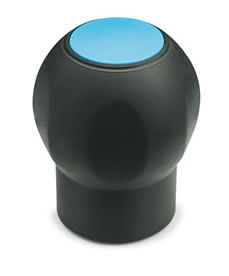 Handles
Handles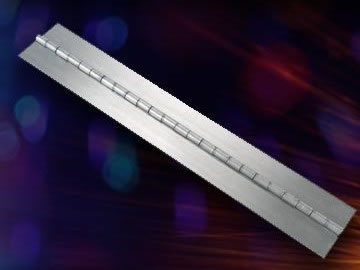 Hinges
Hinges Latches
Latches Locks
Locks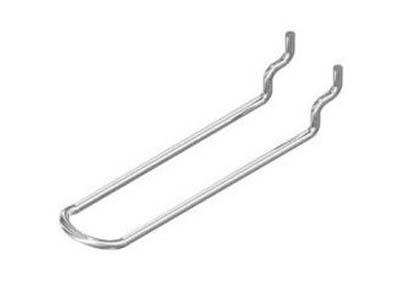 WIre Hooks
WIre Hooks Castings & Forgings
Castings & Forgings Bulk Material Handling
Bulk Material Handling Electrical & Electronic Components
Electrical & Electronic Components Flow Instrumentation
Flow Instrumentation Hardware
Hardware Material Handling Equipment
Material Handling Equipment Metal Cutting Services
Metal Cutting Services Metal Forming Services
Metal Forming Services Metal Suppliers
Metal Suppliers Motion Control Products
Motion Control Products Plant & Facility Equipment
Plant & Facility Equipment Plant & Facility Supplies
Plant & Facility Supplies Plastic Molding Processes
Plastic Molding Processes Pumps & Valves
Pumps & Valves Recycling Equipment
Recycling Equipment Rubber Products & Services
Rubber Products & Services